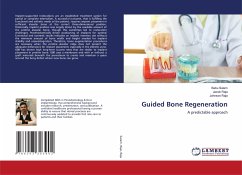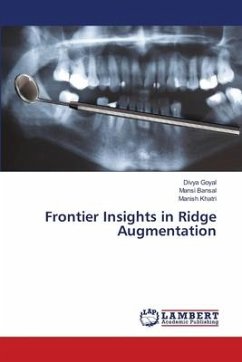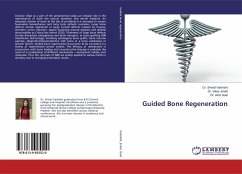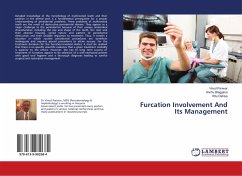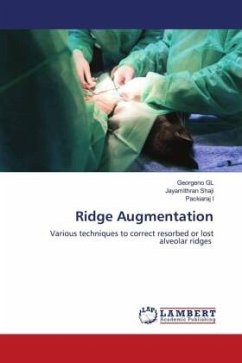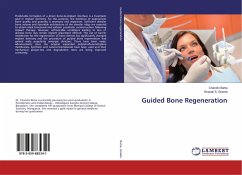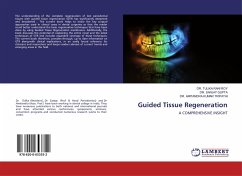Implant-supported restorations are an established treatment option for partial or complete edentulism. A successful outcome, that is fulfilling the functional and esthetic needs of the patient, requires implant placement in sufficient alveolar bone at the correct three-dimensional position. Historically, implant position was largely driven by the available amount of the pristine alveolar bone, though this sometimes led to restoration challenges. Prosthodontically driven positioning of implants for optimal functional and cosmetic results indicates an implant insertion site without the minimum amount of bone width and height needed for implant stability and osseointegration. Therefore, bone augmentation procedures are necessary when the pristine alveolar ridge does not present the adequate dimensions for implant placement, especially in the esthetic zone. GBR has shown high long-term success rates that are similar to implant placement in pristine bone. GBR uses a membrane and with or without a graft materials beneath the periosteum to create and maintain a space around the bony defect where new bone can grow.
Bitte wählen Sie Ihr Anliegen aus.
Rechnungen
Retourenschein anfordern
Bestellstatus
Storno

